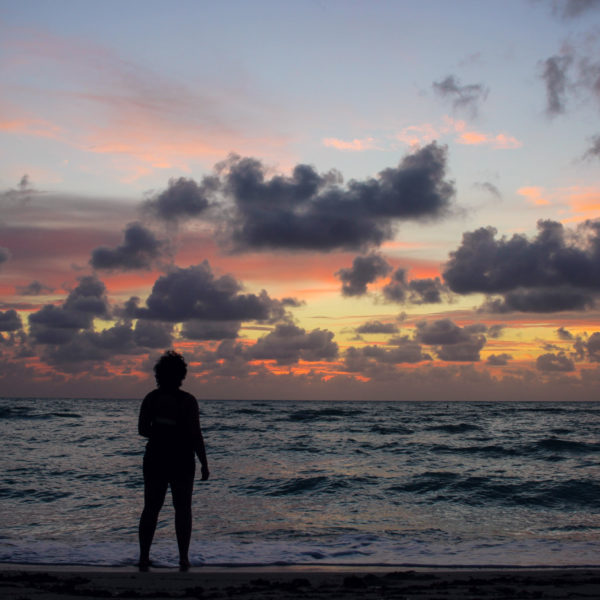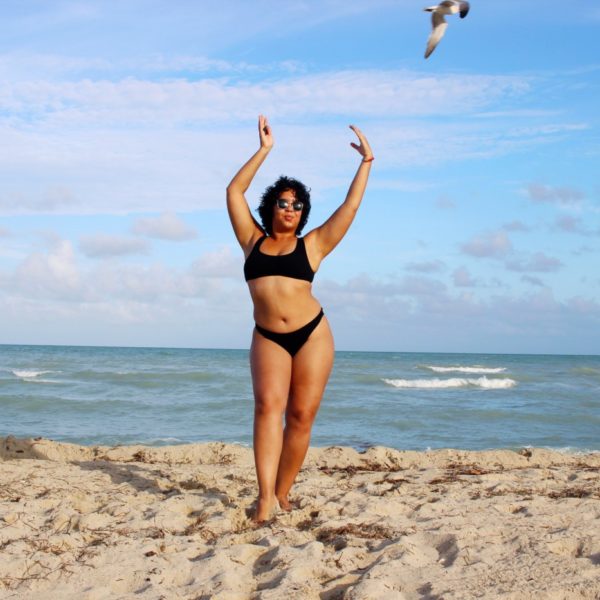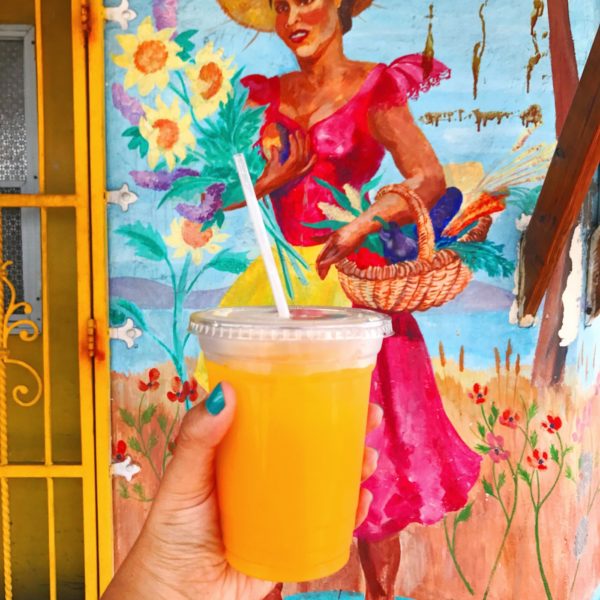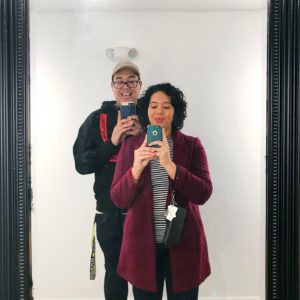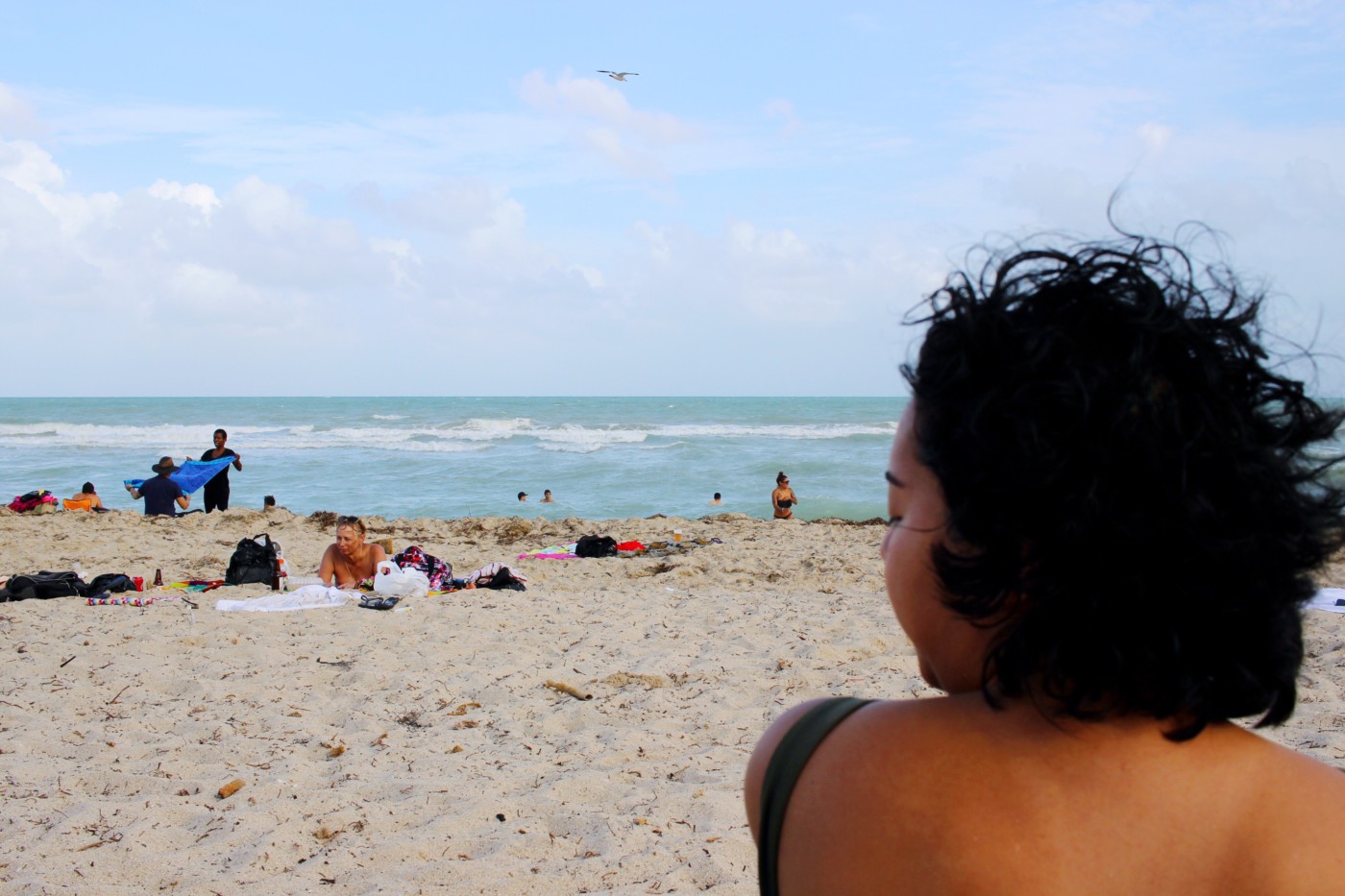
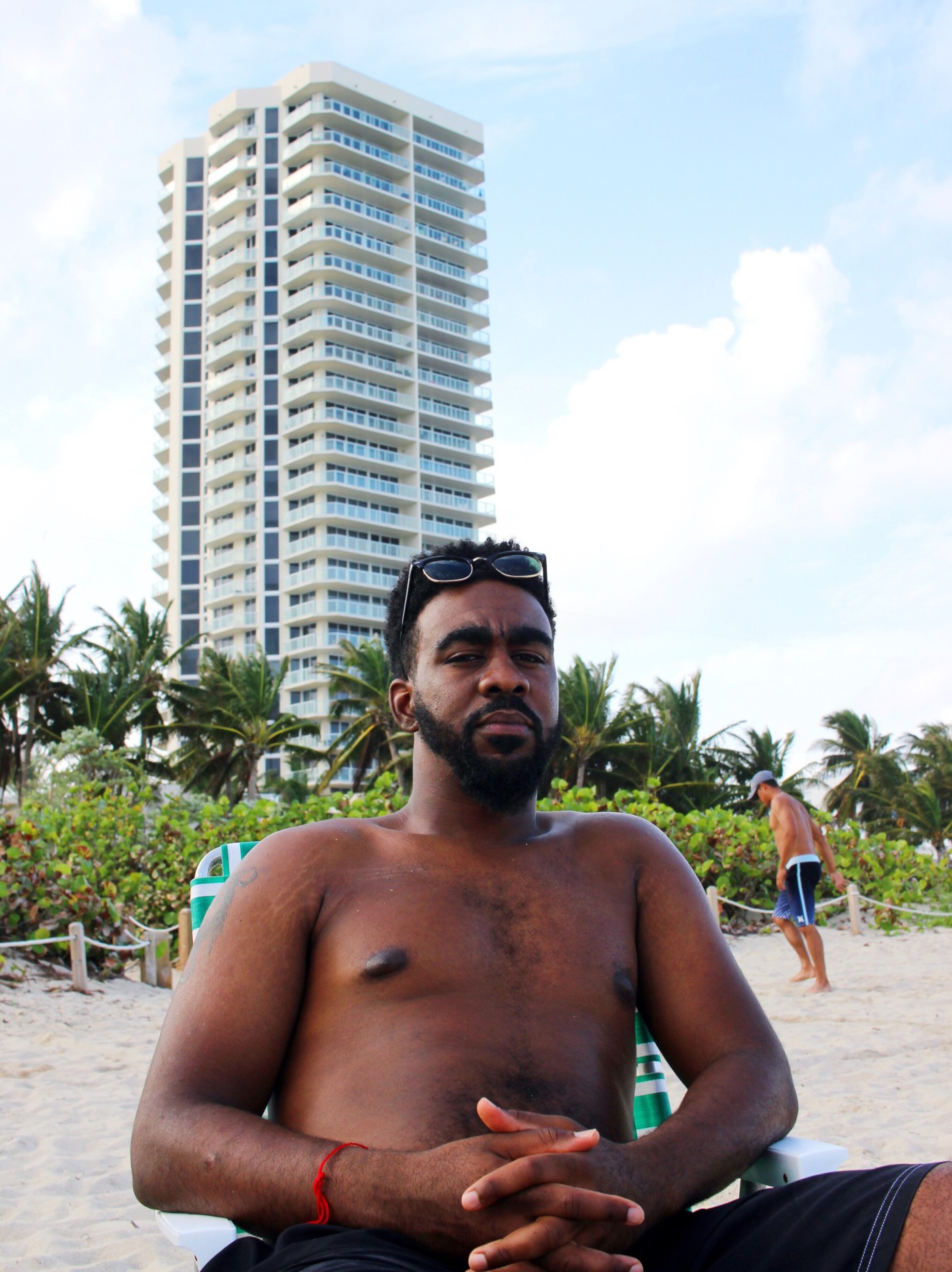
When considering where to stay in Miami, Charles and I originally thought to stay in South Beach (SoBe) so we could be close to the action.
But then, after doing a bit of research and being honest with ourselves about the fact that we really don’t care about being “in the scene”, we decided to stay in the North Beach area.
About a 15 minute drive up (40 minute walk up the coast) from SoBe, North Beach is super chill in comparison.
– The beaches aren’t as crowded and are more family oriented.
– There’s alot of free parking available which was important since we had a rental car for our entire trip. In SoBe, you gotta pay for parking everywhere unless you’re a resident with a zone parking permit.
– We found an Airbnb in North Beach that was right across the street from the beach for almost half the price of what we would’ve had to pay if we stayed in SoBe.
– The food is cheaper. <– super important since we didn’t plan on cooking.
Ultimately, Charles and I knew we were gonna be tourists in Miami… We just didn’t want to stay where all the other tourists and businesses who catered to tourists were gonna be.
(Although there was one night where we almost went to a nightclub in South Beach. I put on a fitted bodycon dress with heels and everything. But then Charles saw what I was wearing… And well, we ended up staying in.)
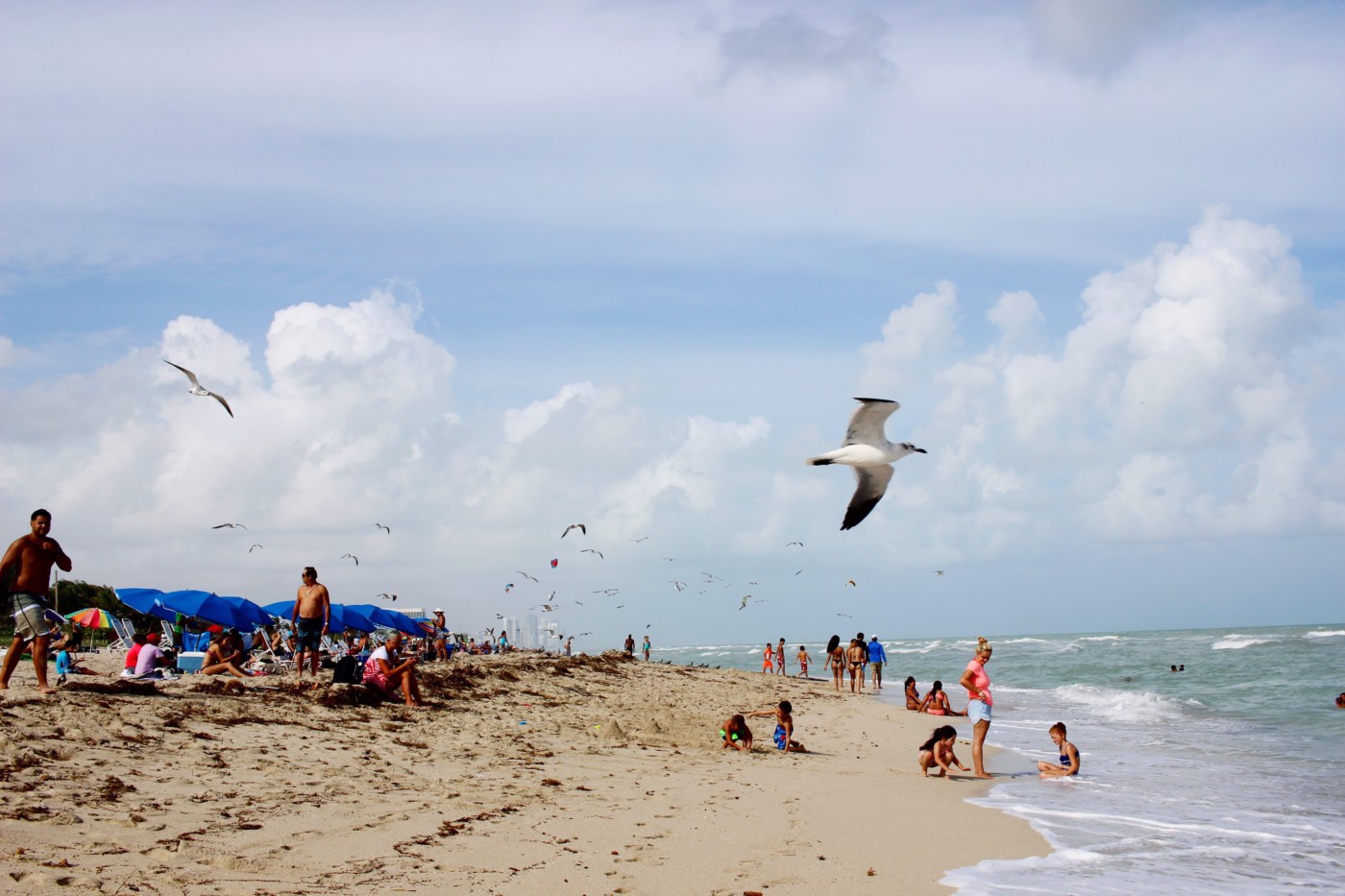

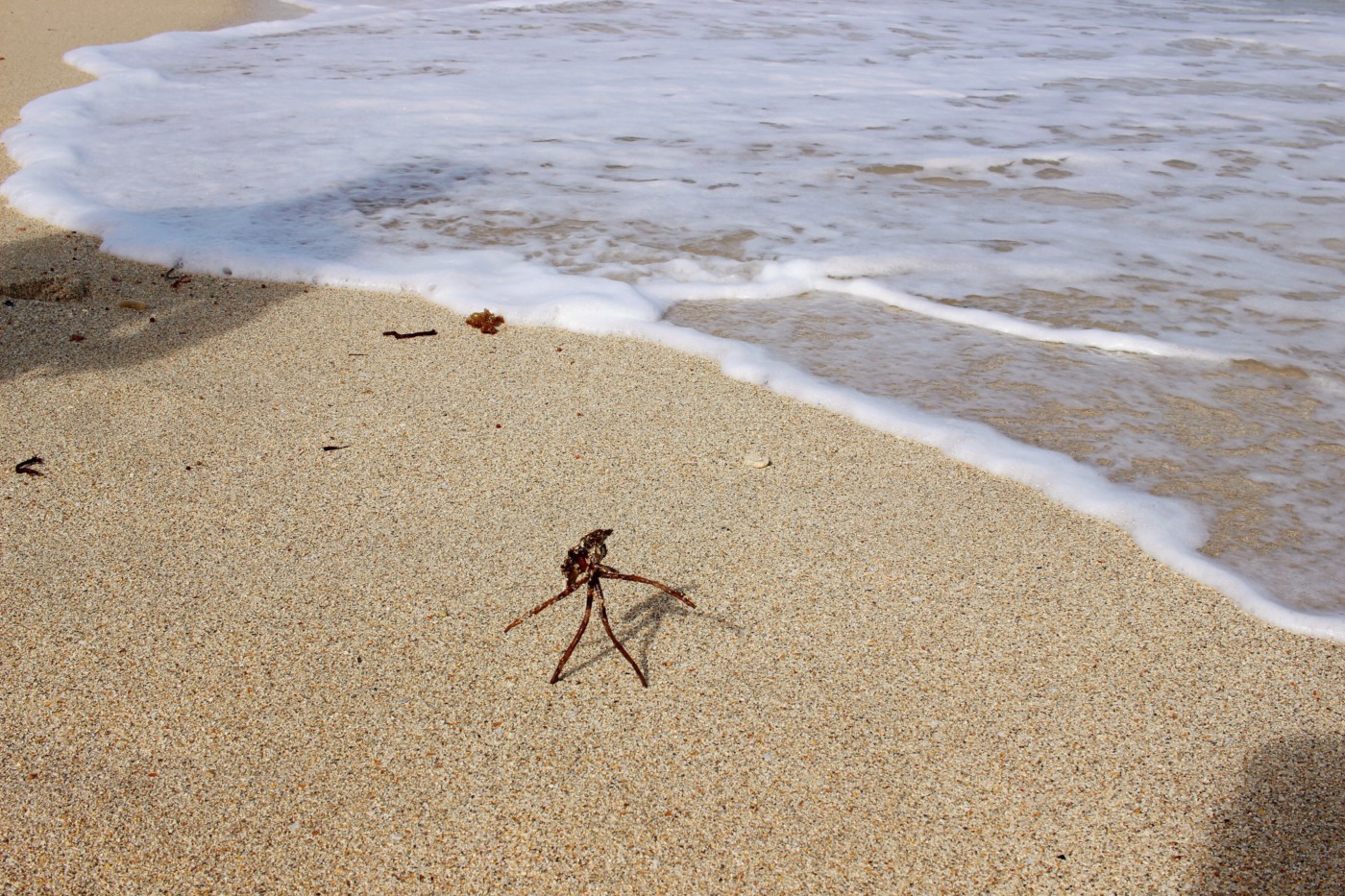
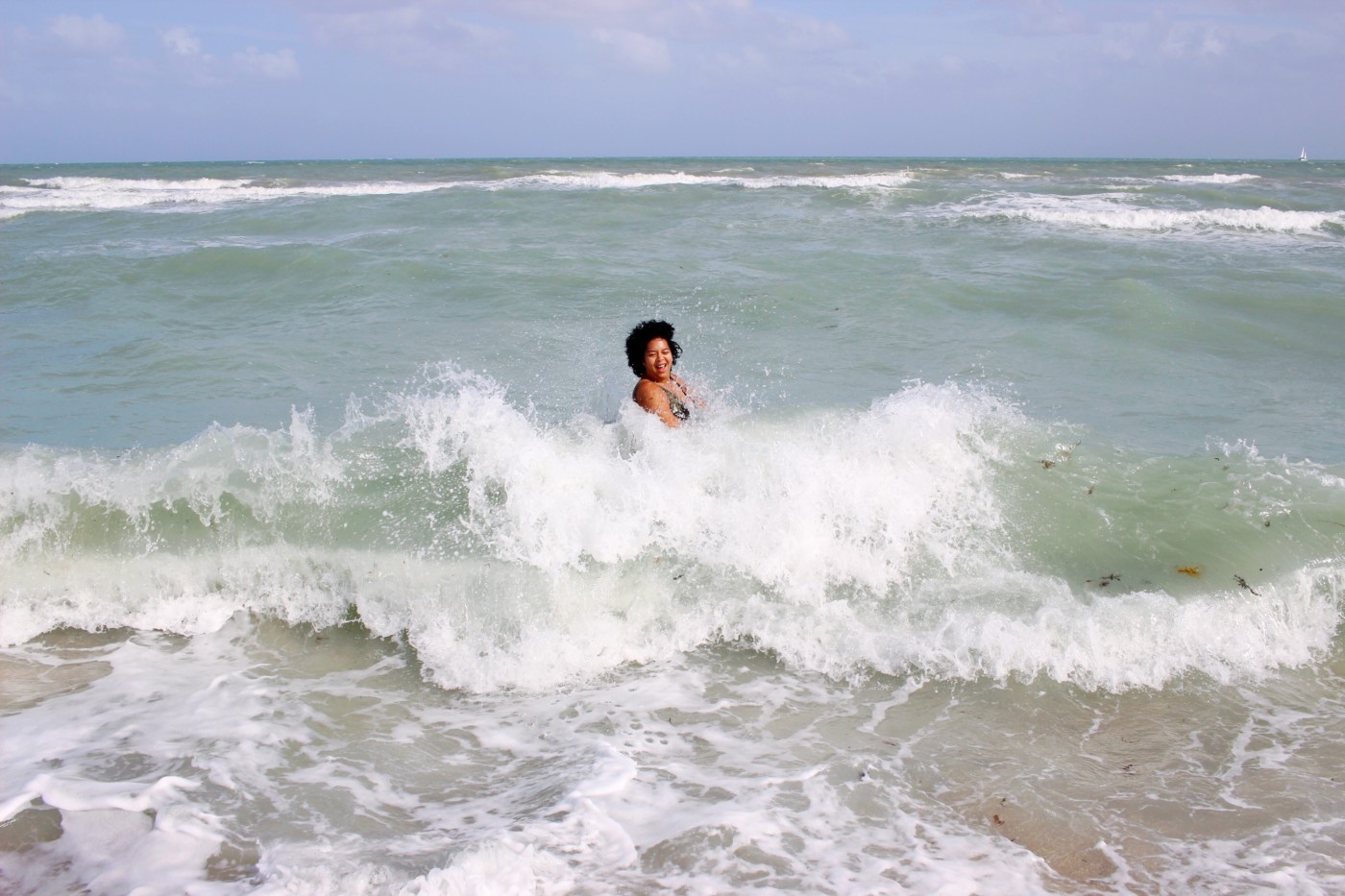
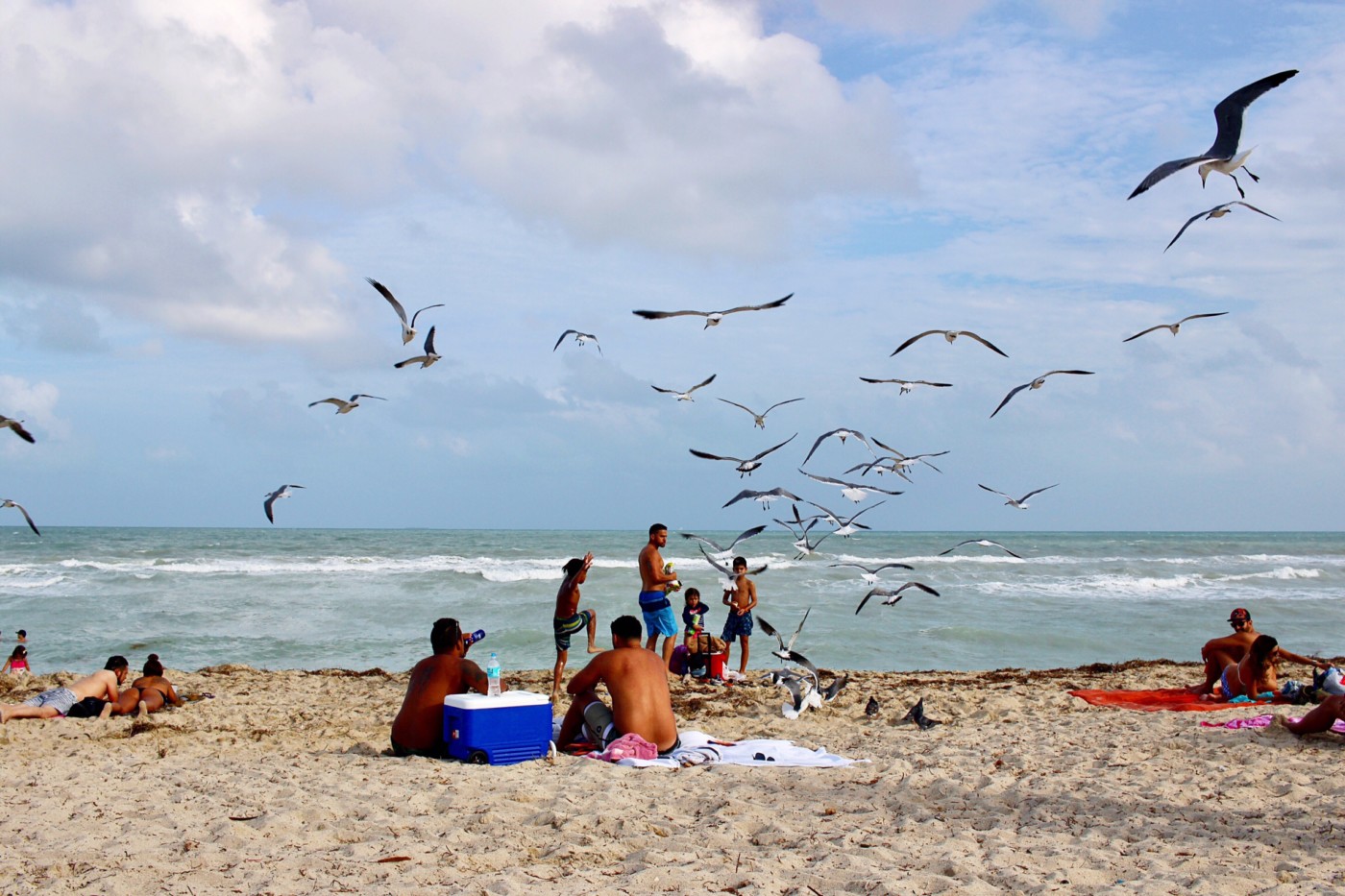
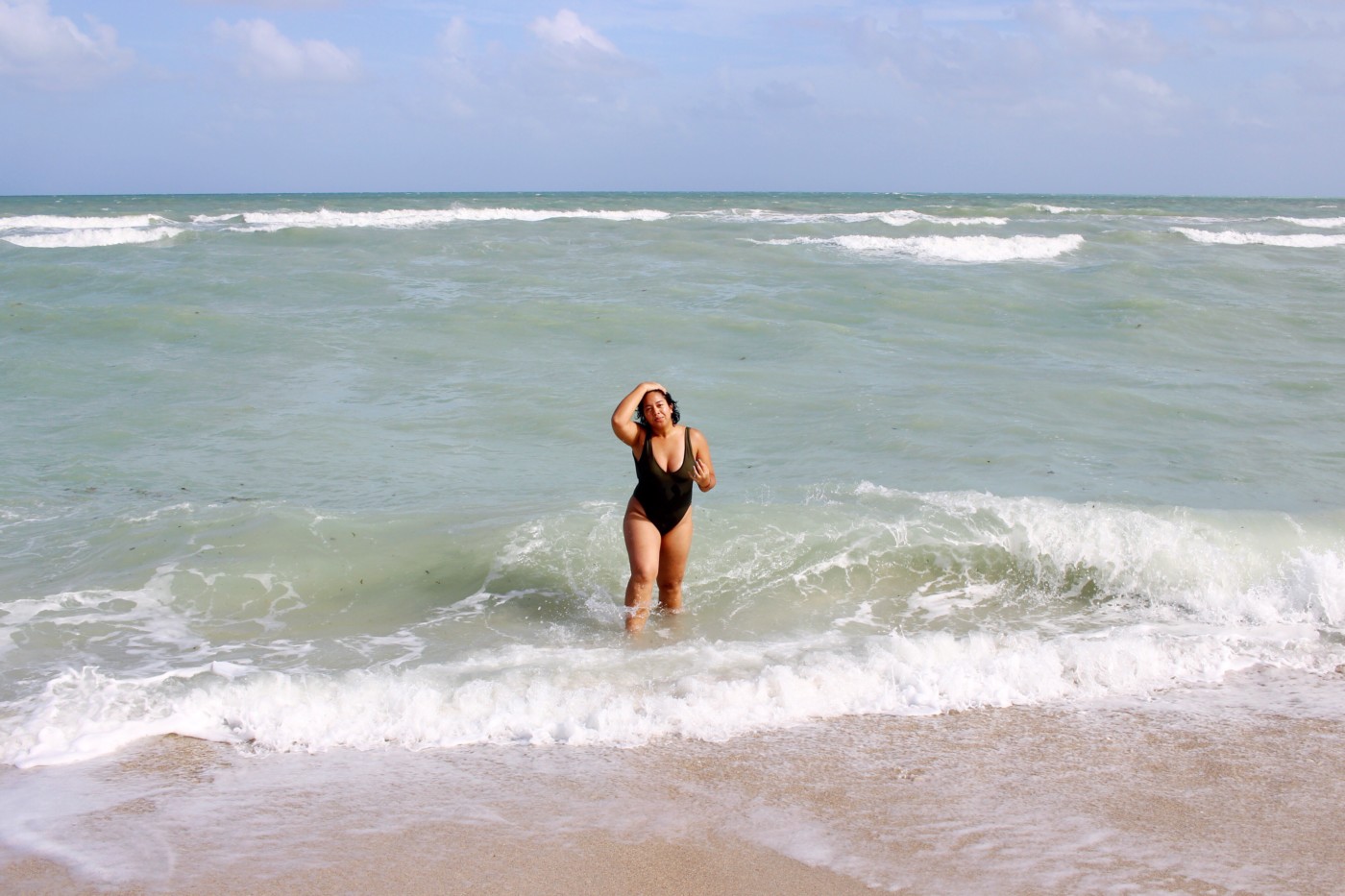 ^^ Photos above are from our second day in Miami / first day at the beach.
^^ Photos above are from our second day in Miami / first day at the beach.
While listening to the soothing sounds of Kaytranada, Diana Krall, and Daniel Cesear, we took turns swimming in the water and napping in between. It was a perfect lazy afternoon at the beach.
Afterwards, we headed to Little Havana for dinner and then drove to the Wynwood Arts District, home to one of the largest open-air street-art installations in the world a.k.a. Wynwood Walls.
As some of you may know, I’m a big fan of creative placemaking (CP) and wrote an in-depth post about what it is here.
In the 1990’s, Wynwood looked nothing like it does today – it was a deserted area in the city that had neglected warehouses, shuttered factories, and other unused buildings. But in the early 2000’s, a group of developers and property owners came together to revitalize the area.
And you wanna know what they used to change the reputation and boost the economy??? ART. Street art or murals to be exact.
Since the introduction of their Second Saturday Art Walk which grew in popularity and becoming the host venue of Art Basel since 2002, Wynwood has transformed greatly over the past 10+ years and established itself as a cultural landmark in its own right.
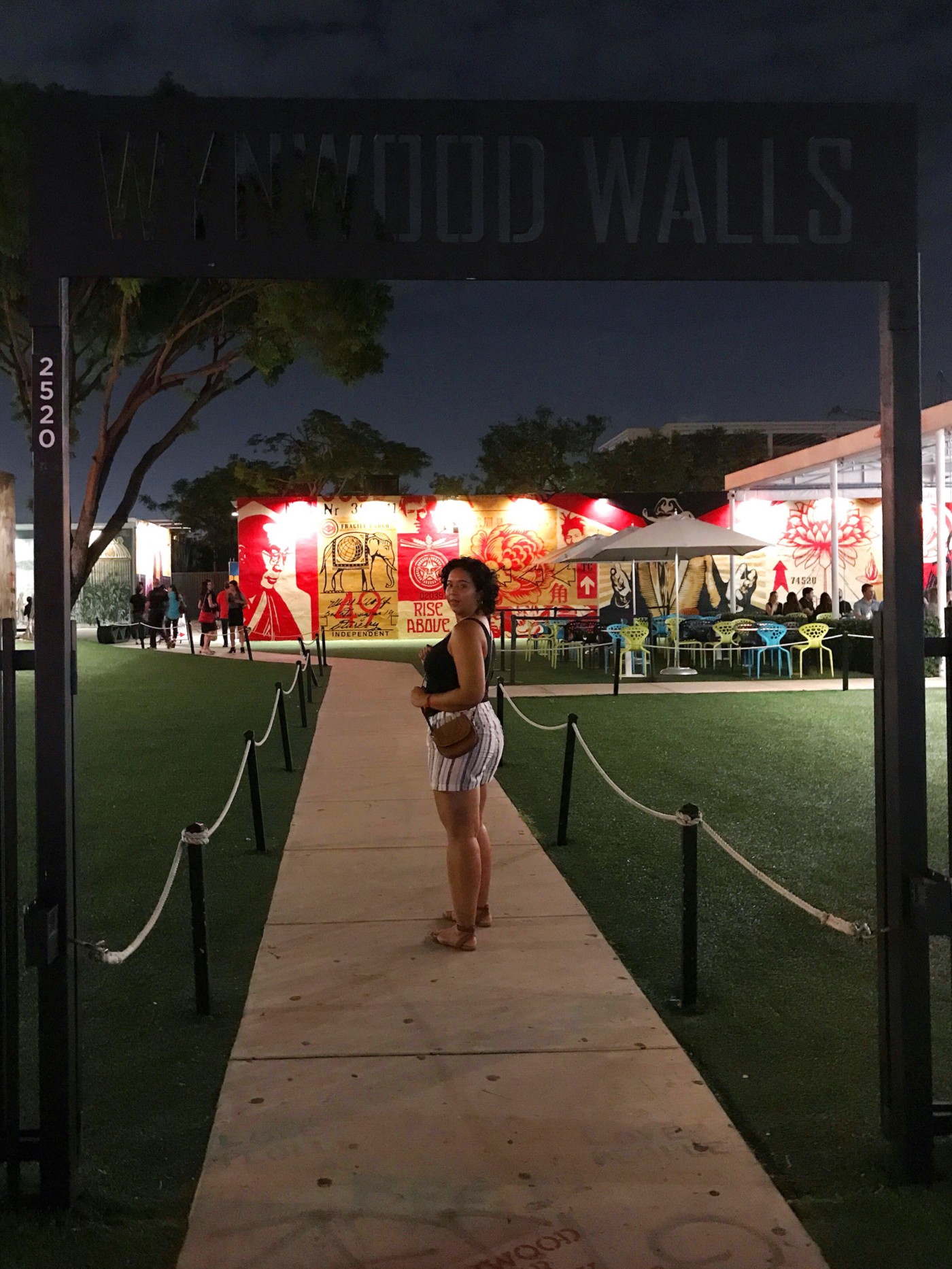
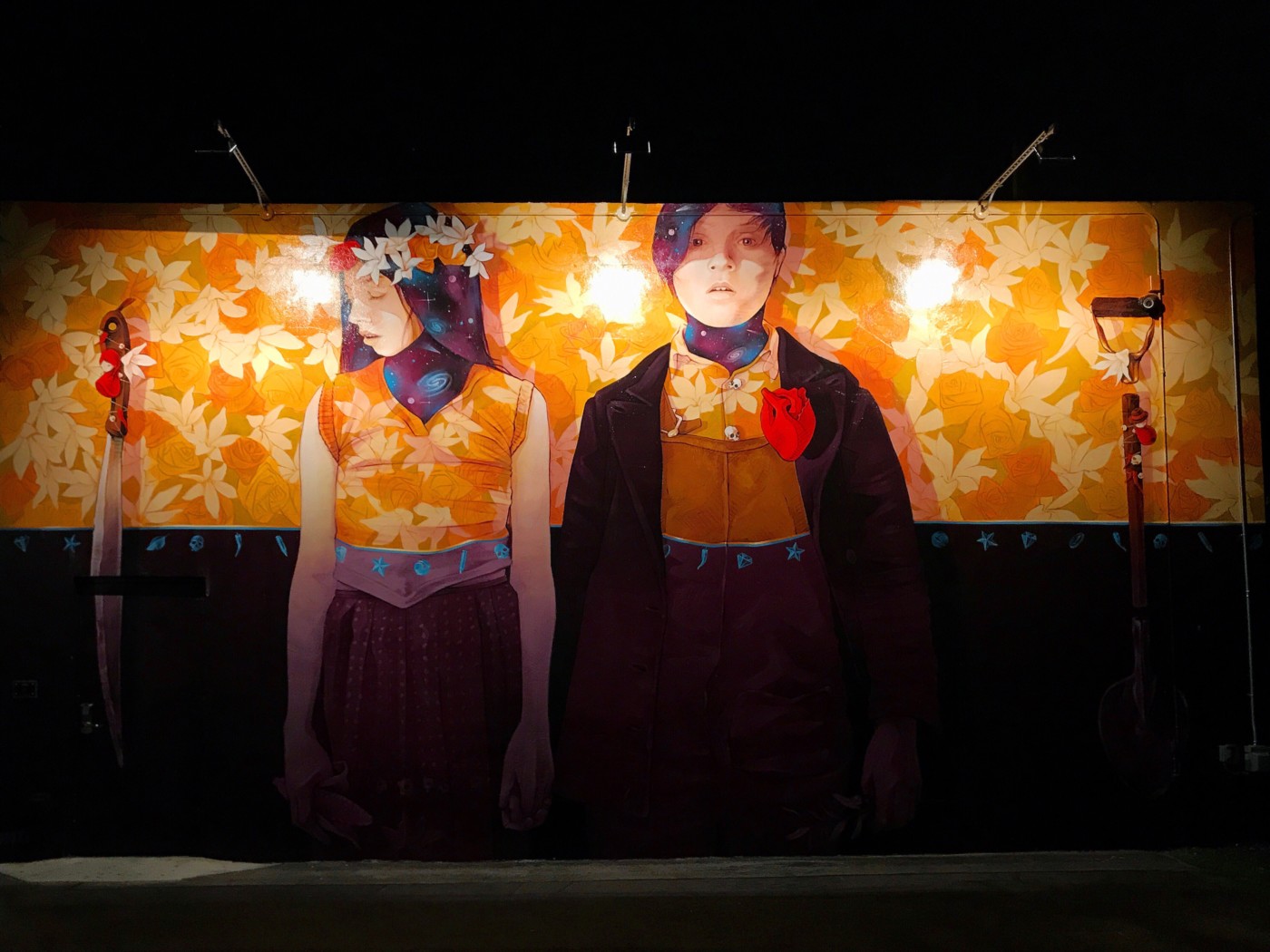
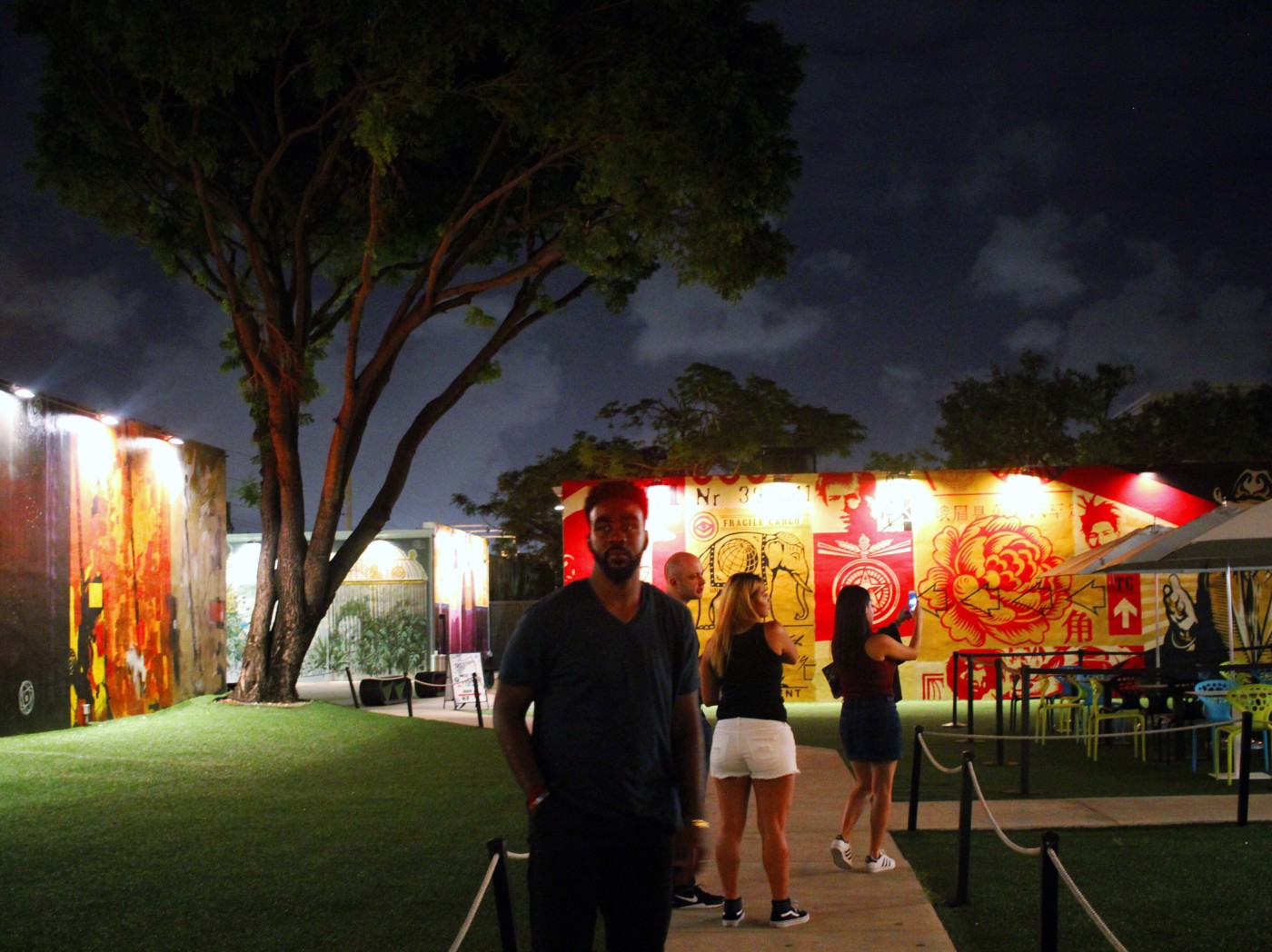
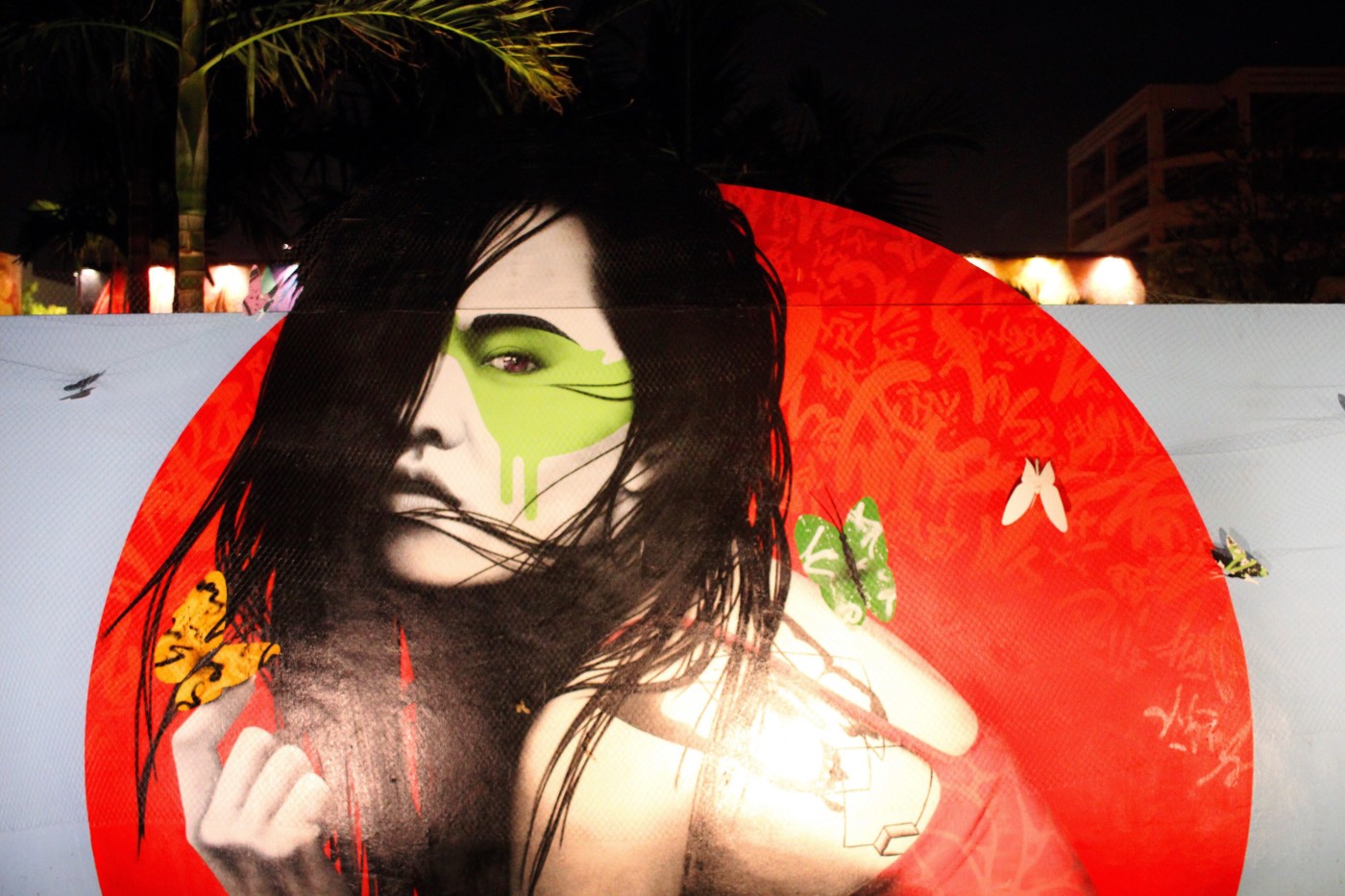
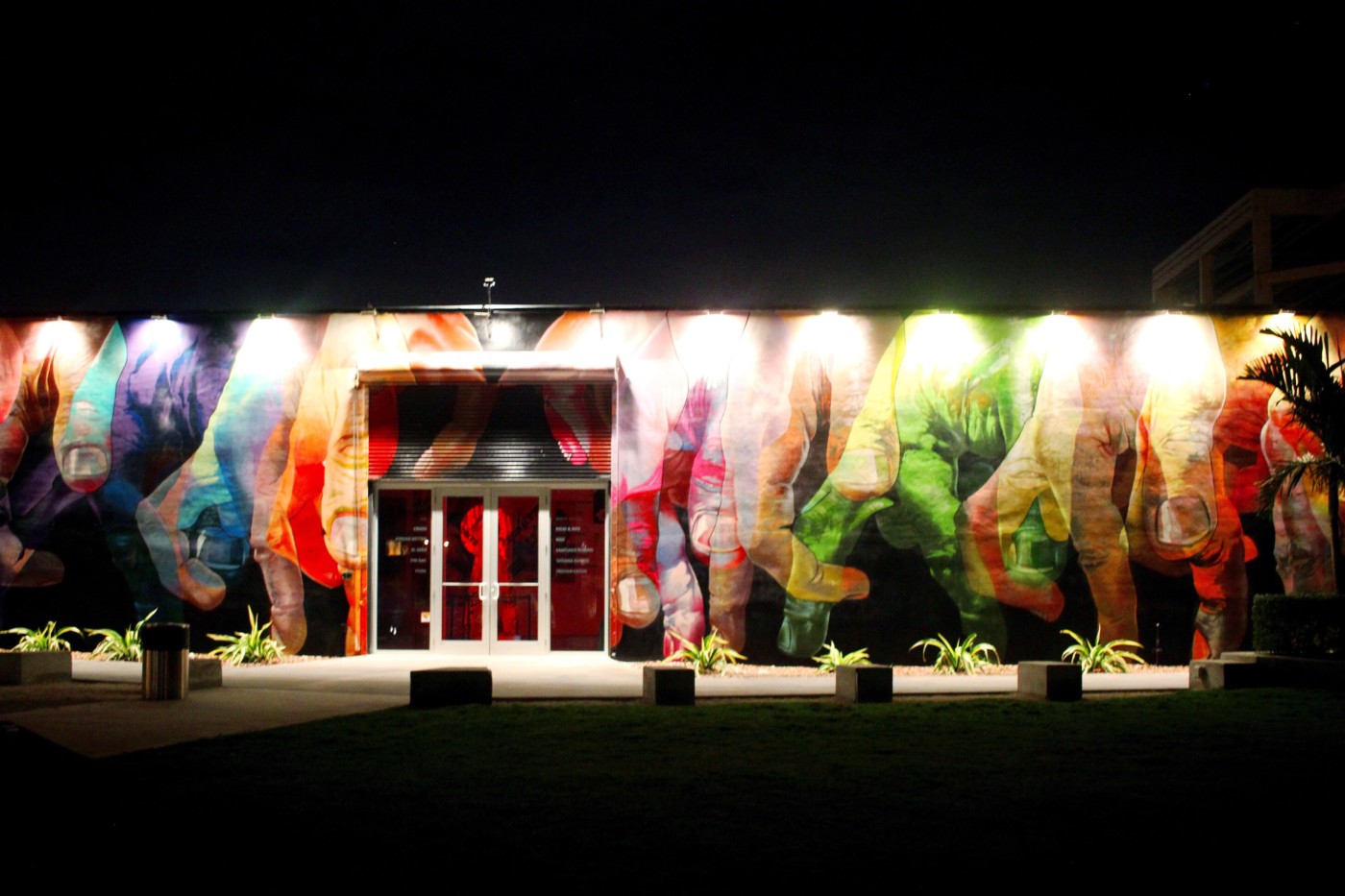
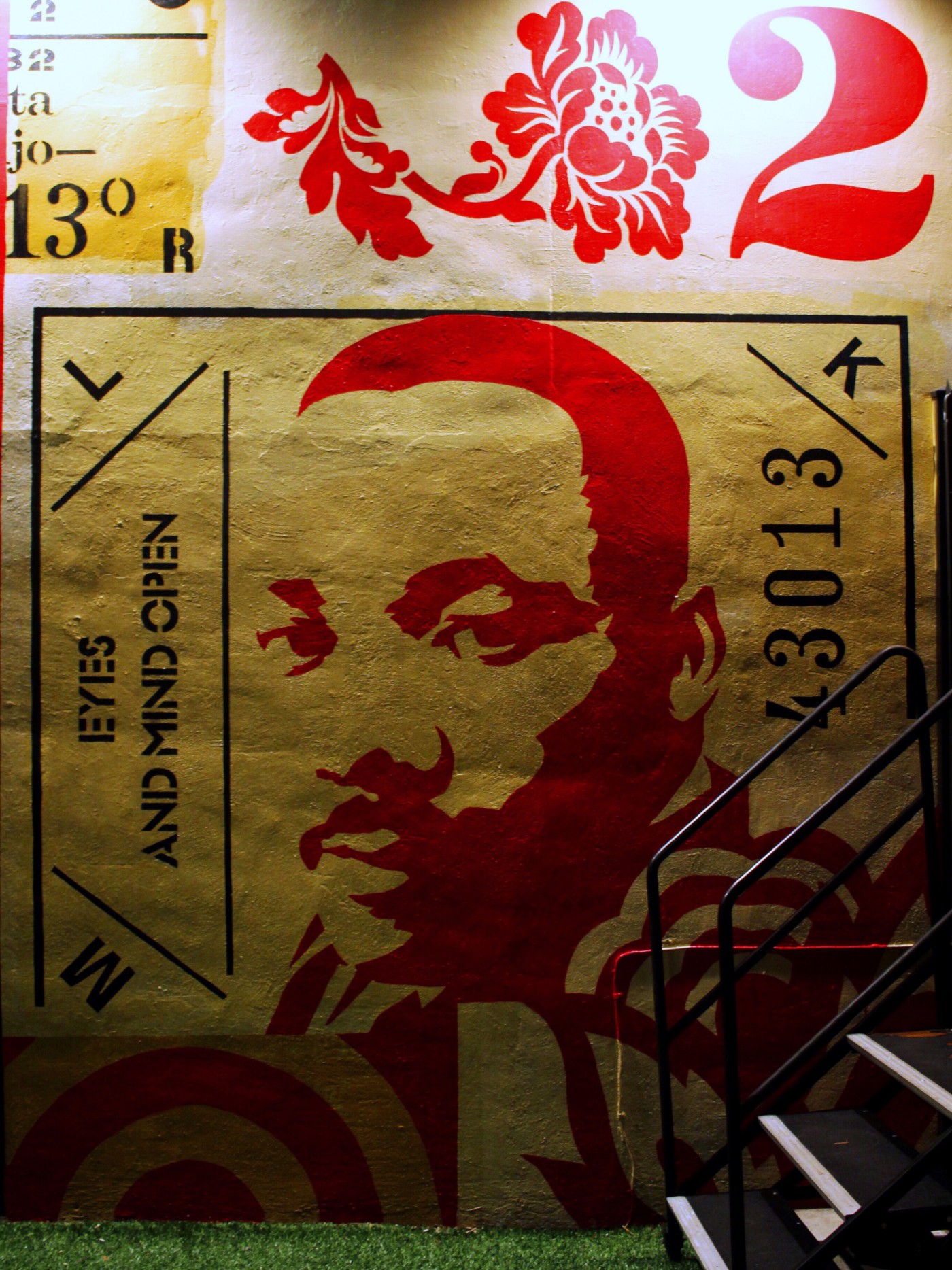
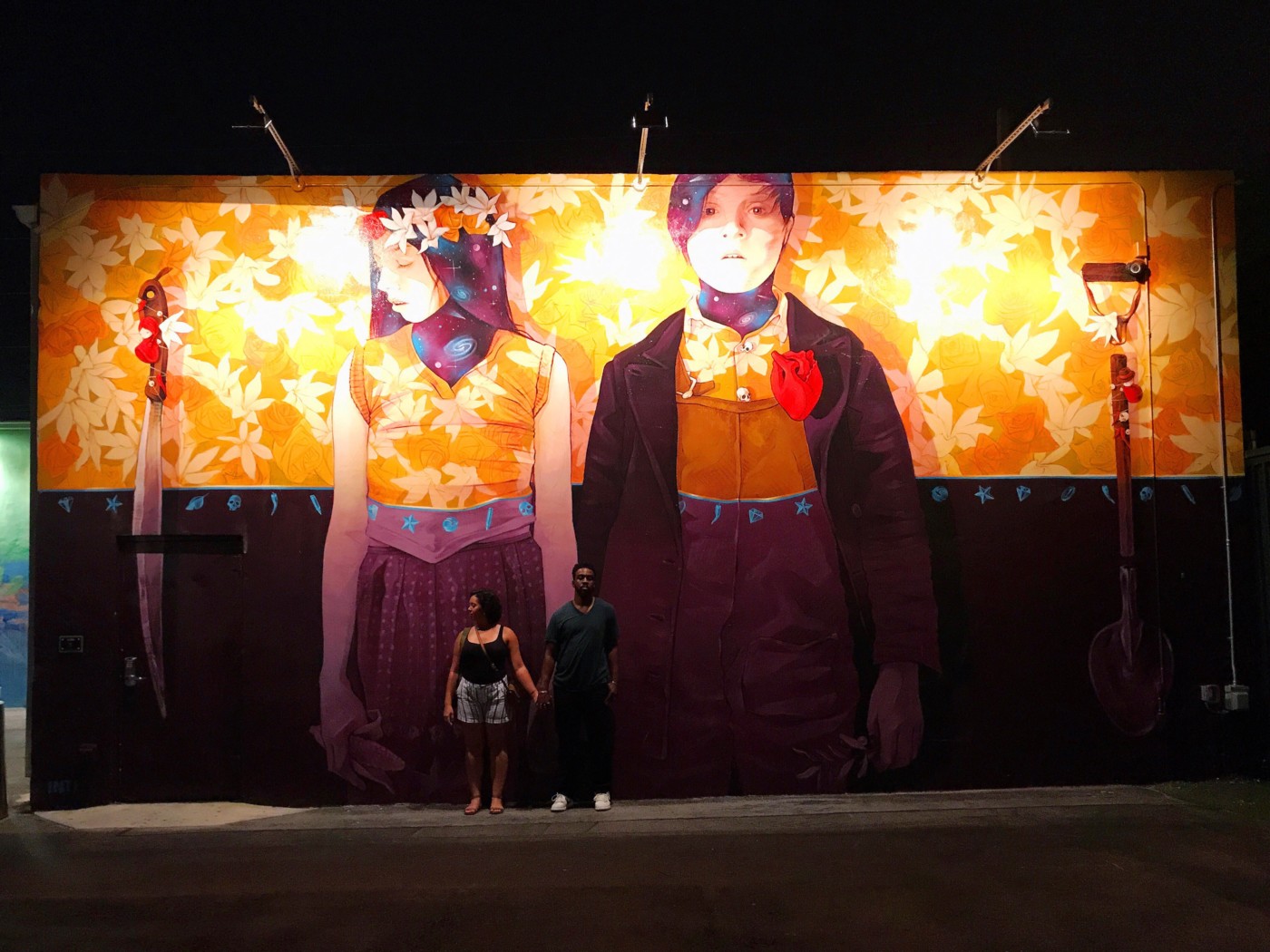
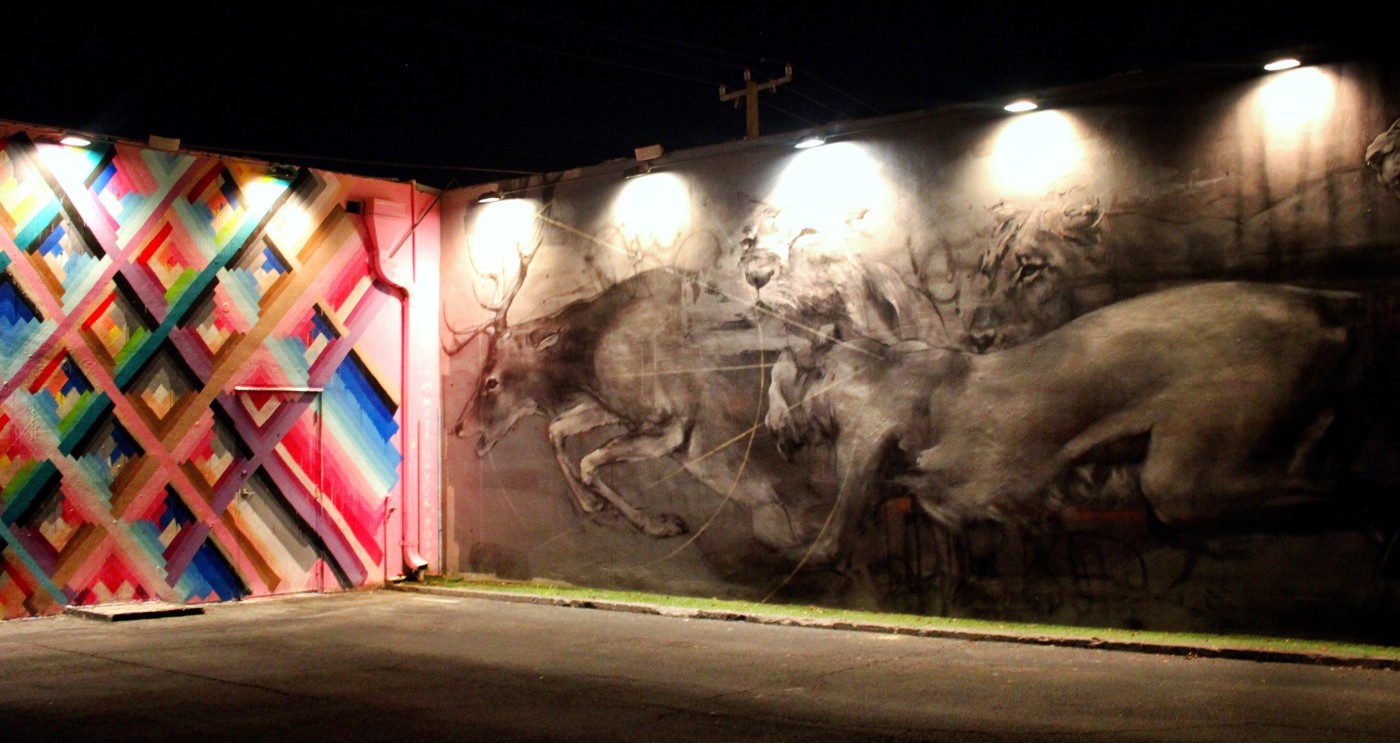
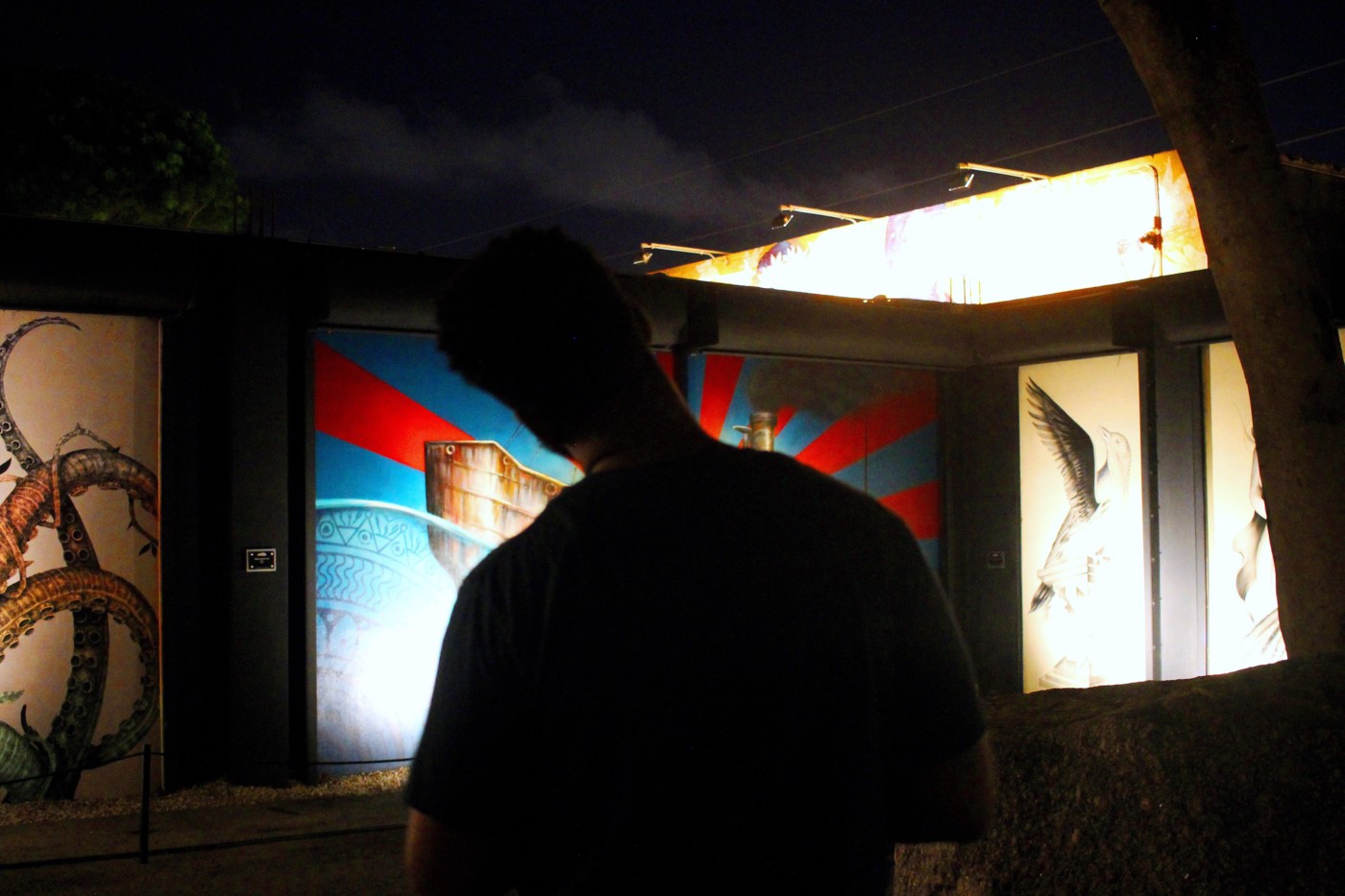
^^ Charles while looking at the art: “Dang it, I always forget to break my neck.” Me: “Huh?”
Charles: “You know. Gotta tilt your head to the side when you’re looking at art so people think you’re serious and actually know what you’re looking at.”
And then he hits this pose.
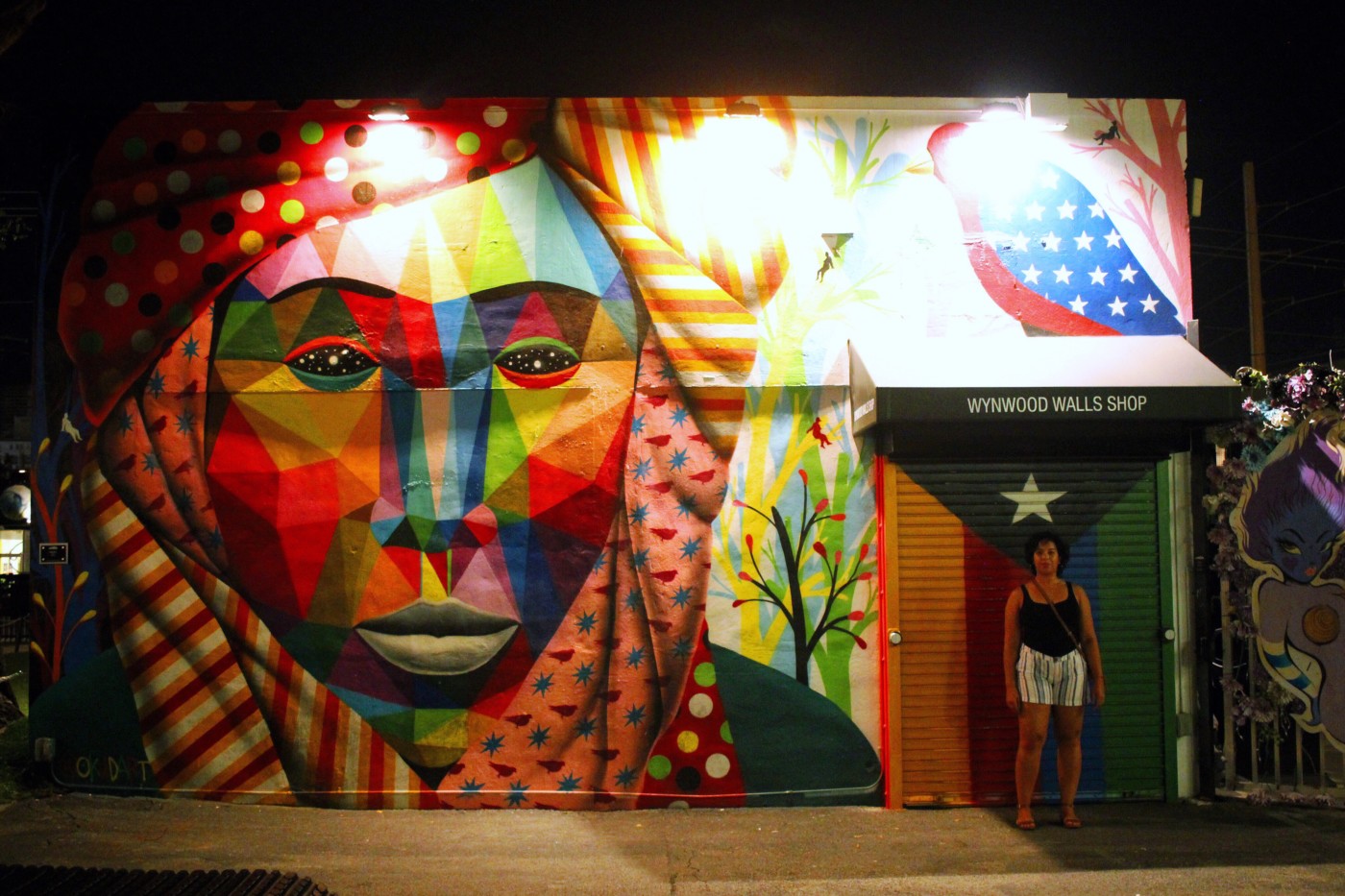
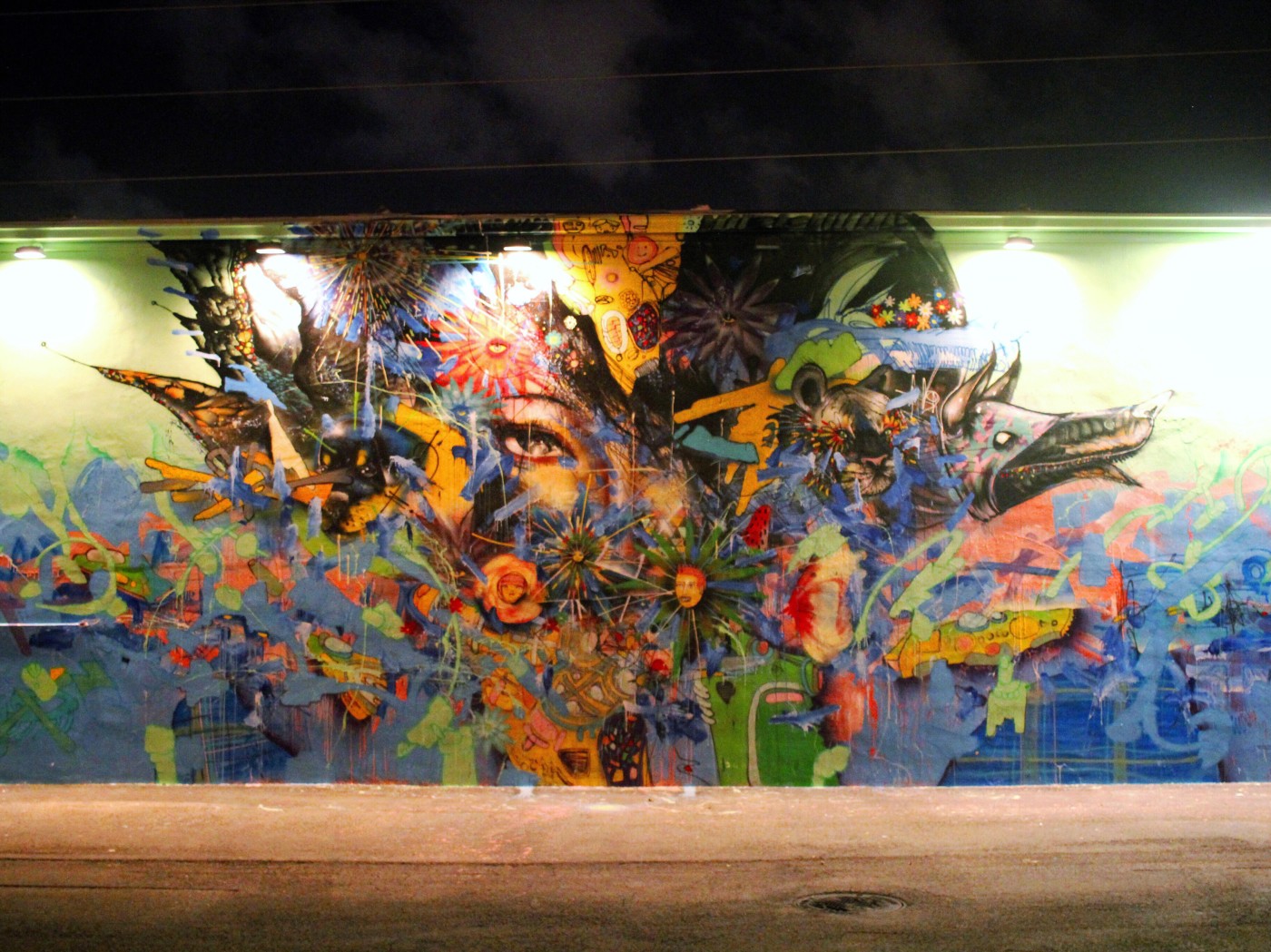
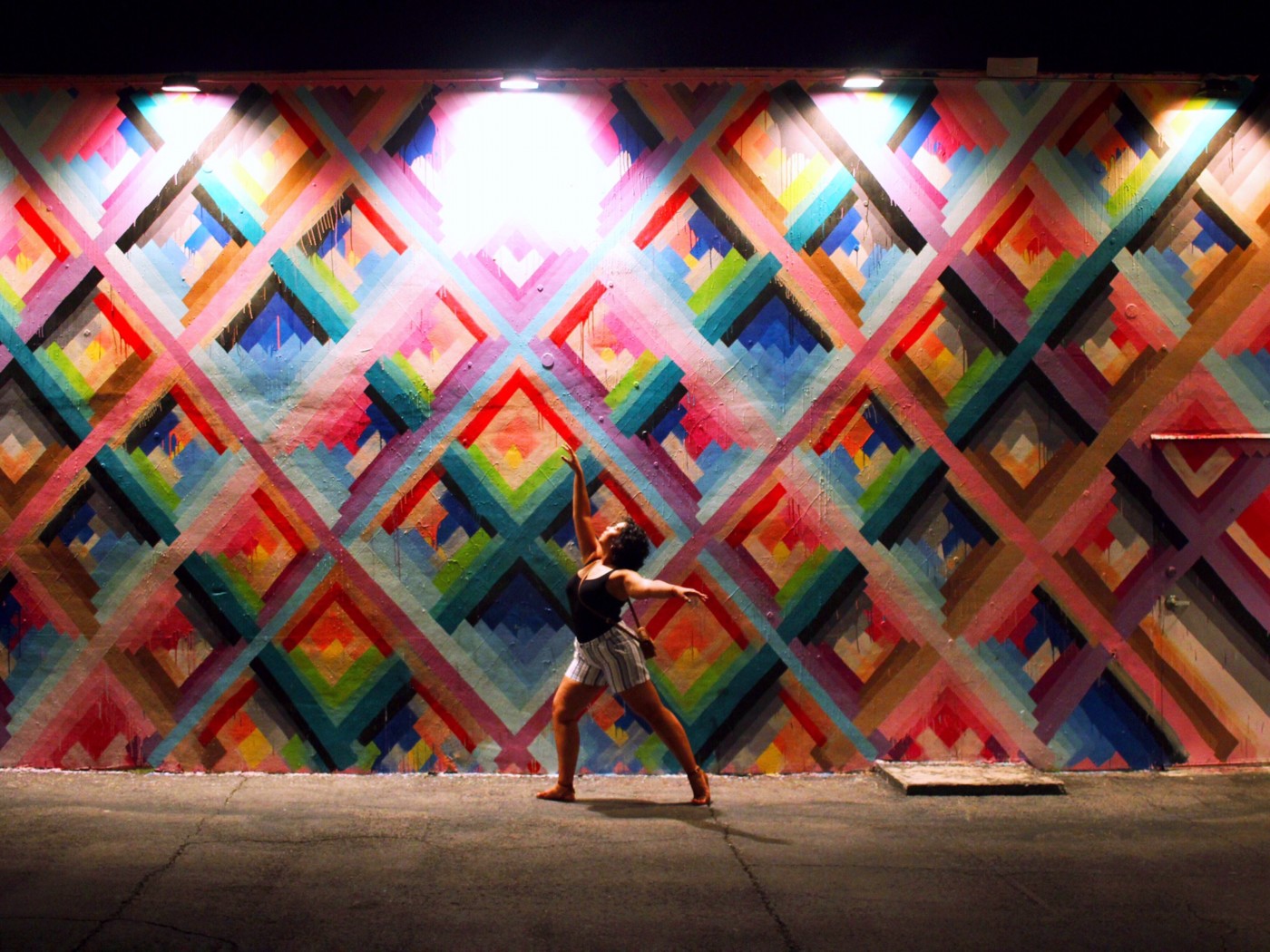 ^^ Reaching for the light.
^^ Reaching for the light.
What’s especially awesome about arts districts like Wynwood is that, with city support and funding, its artistic landscape is constantly changing as new muralists are commissioned to create new works.
These photos were taken last October (2017) and so I wouldn’t be surprised if, in the time that has passed, there is already new art up on the Wynwood Walls and around the 50-block arts district radius.
With that said, I think I’ll end today’s post with an interesting tidbit about public art.
You wanna know the difference between graffiti, street art, and murals? Not much. Technically, they’re all works of art that are displayed in public rather than a gallery or museum setting.
However, the difference lies in the intention and circumstance.
Most graffiti artists could care less about the public understanding their work; they are more focused on speaking to other graffiti artists through their tags.
Whereas, street artists want the general public to not only see their work, but to also interact, understand what they are seeing and have an emotional response. Cue in Banksy as a prime example of street artistry.
And the difference between both graffiti/street art and murals is that murals are works of public art that were created with the permission of the property owner. Hence why, historically, graffiti and street art have negative connotations as a result of society associating them interchangeably with vandalism.
Sooooo technically all the art in Wynwood Walls would be classified as murals, not street art. But most arts districts refer to their murals as street art because it’s “sexy” and helps to preserve the “street feel” of the art… It’s this constant switching up of terminology that is the main reason why alot of people are never sure what to call this kind of art when they see it.
But now you know. De nada. :)
Wynwood Arts District – Website HERE
xo, Setarra
P.S. Linking up with Wanderful Wednesday.
14